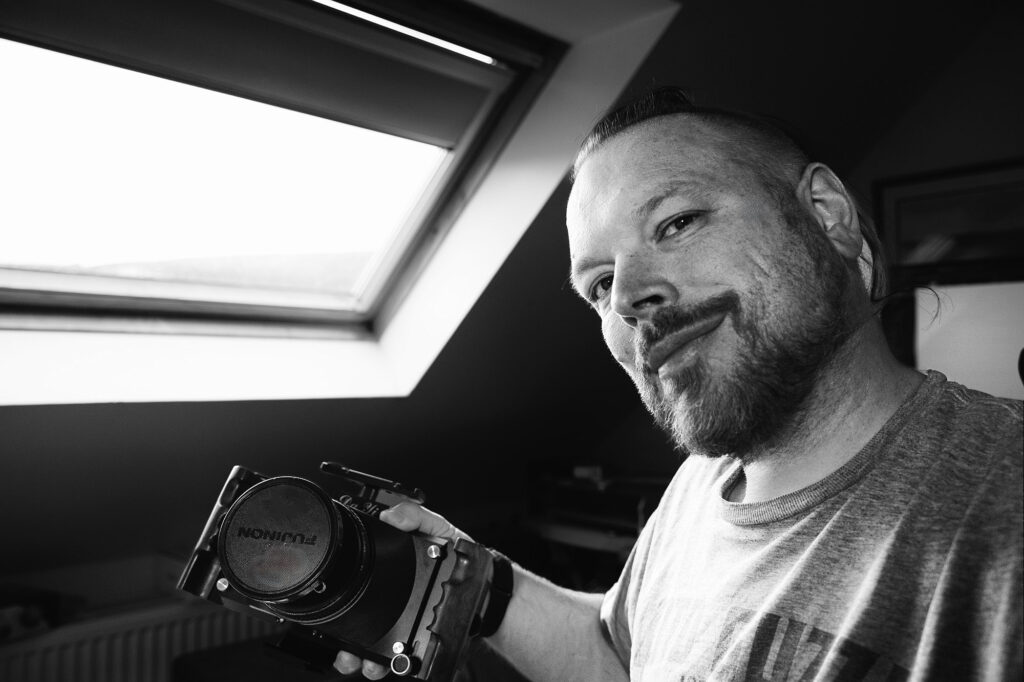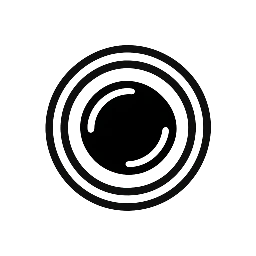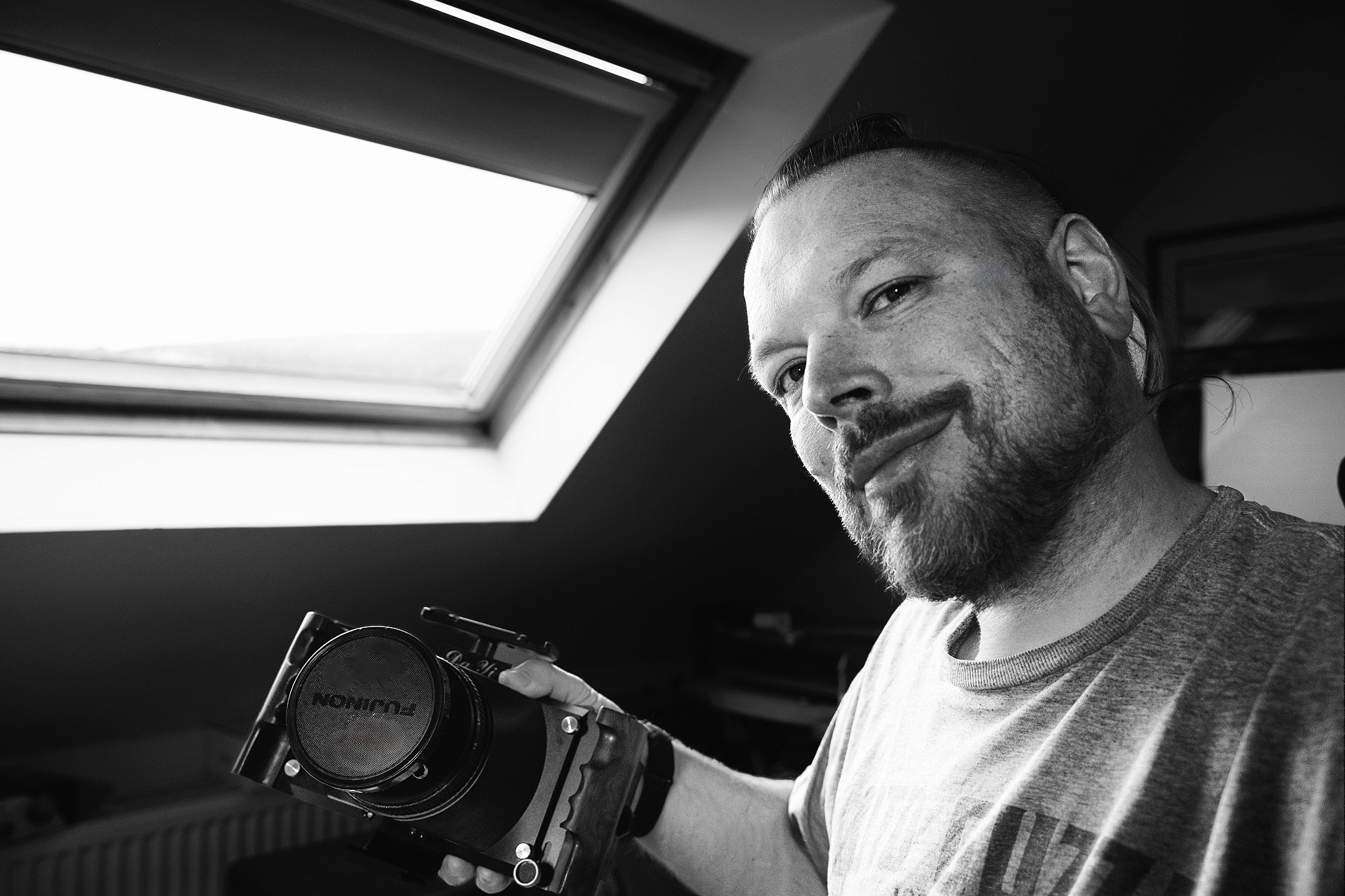You may be asking yourself… Rob, mate, why on God’s Green Earth do you shoot analogue.
And that is a fair question.
I don’t only shoot analogue for starters – I use a LOT of digital equipment too. I shoot on Nikon Z series cameras commercially, and until recently, all my landscape photography was also digital. Sometimes I shoot from the air using drones too!
But then I had a bit of an epiphany. I used to shoot a lot of film and have done so all over the world… both for work and play. Digital is brilliant… don’t get me wrong. But digital can be fast and easier(er). When I shoot a commercial job I can generally reckon that 99% of the frames will hit the mark. Job done… move on.
Analogue is a different ball game though. Shooting with some of the latter 35mm cameras carries a very similar success rate to digital except without the preview, so I tend to shoot a few extra frames around the subject to make sure I have got what I need. But once you start delving into more archaic equipment that hit ratio alters rapidy.
Now, I have always loved the panoramic format, which leaves me in a bit of a spot. Either I shoot digitally and stitch multiple frames to create a panorama – or I shoot a single frame and crop. On film, it is either crop or use a specific camera system that shoots across multiple frames of film. This is either a rotating lens or a lens that projects a large image onto multiple frames of film – on either 35mm or 120. I opted for the ultimate in image quality – a 120 system that creates a negative that is 60mm tall and 170mm long, which is huge with most 120 systems either shooting a 60×60 or 60×70. Esoteric systems may go 60×90, then panoramics kick in at 60×120 and larger. These beasts are very basic, they are just a box with a lens at the front… there is no viewfinder on most, or just an accessory view finder that sits on top at best! So focussing and composition are done by removing the film carrier and replacing it with a ground glass screen, opening the lens and composing on the glass. Upside down. The film carrier is then replaced. The lens (which carries the shutter) is closed. The dark slide that protects the film is removed and then the exposure is made using all the details from an external light meter that have already been set on the lens itself (which contains all the clever stuff).
This is all slow. Very slow. And fraught with things to catch out the unwary. By which I mean me! I have so far… forgotten to remove the dark slide. Forgotten to close the shutter on the len, forgotten to wind the film on and double exposed, popped the film back open (regularly), forgotten to focus properly… and probably a few other things. I have binned entire rolls of film that I thought had some great images on, but then found I had wound the film on back to front so the working part was exposed to the light rather than the paper backing. It has been, largely speaking, an absolute disaster.
Which is partially why I love it!
It is a process… and a slow process at that… to create a single image. Whilst with digital my cameras are like extensions of myself and I can shoot off a perfect frame in seconds, with the panoramic camera the fastest I have managed is about 15 minutes. It is much more deliberate, and as a result you consider what you are photographing much, much more.
I want to do more with film. I bought a 35mm SLR and a Lomography Sprocket Rocket as well, but I don’t feel I am done yet. There are a few things I want to seek out still. A nice 35mm rangefinder has been a long held desire, a Hassleblad X-Pan is on the list, which is a 35mm Panoramic system (and much more portable and robust so ideal for some hill days!). I also want a pair of Fujifilm 690s. The GS and the GSW – both are fixed lens with different focal lengths shooting 60x90mm frames on 120 film. Alternatively a Mamyia 7II with a selection of optics to cover similar bases would be another (more expensive) route. I like the whole process of film, I like that I am more involved in the photography and the processing of the print as I intend to do as much myself and by hand as possible. And I love the anticipation of whether the shot works or not.



Leave a Reply